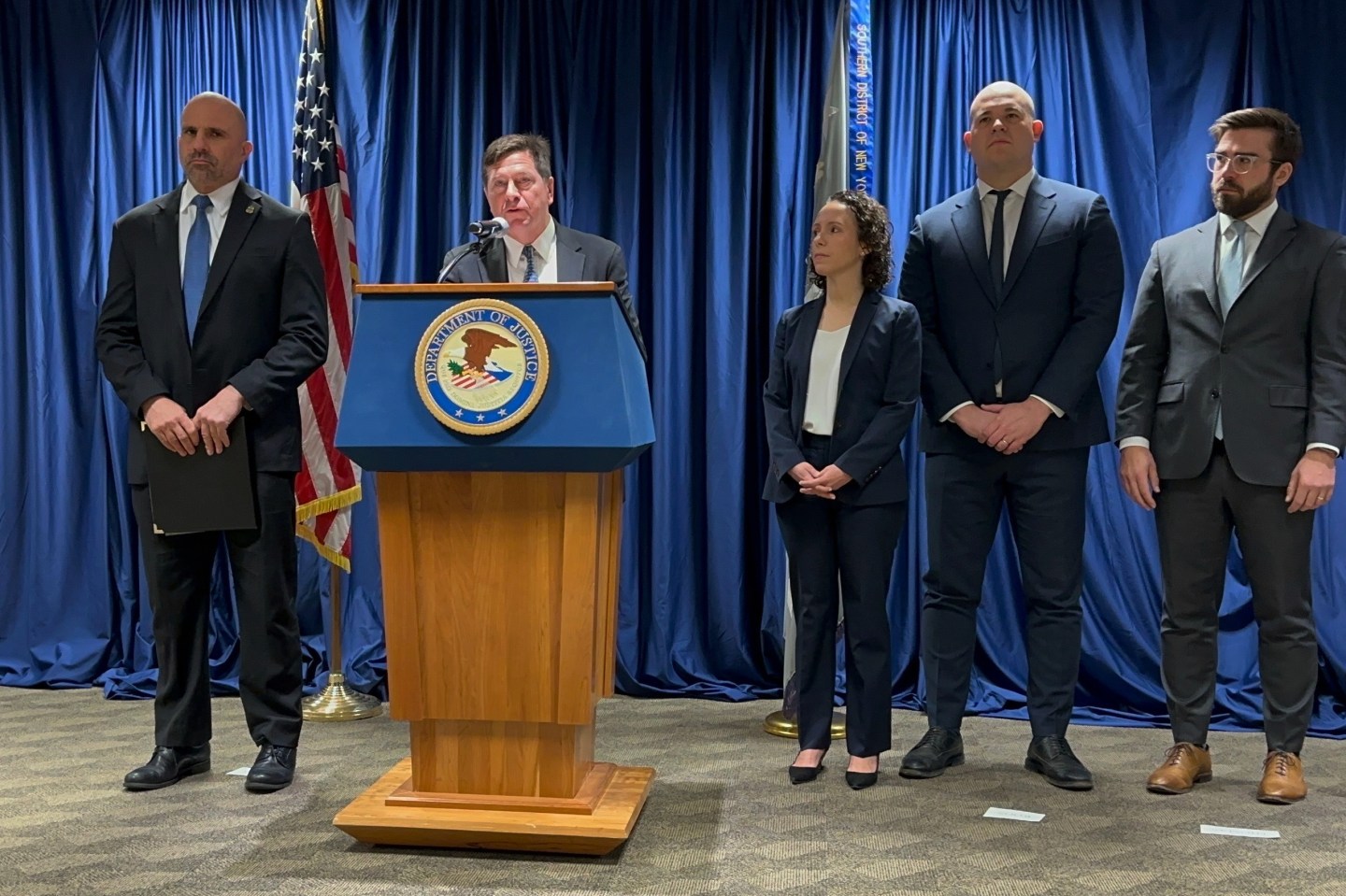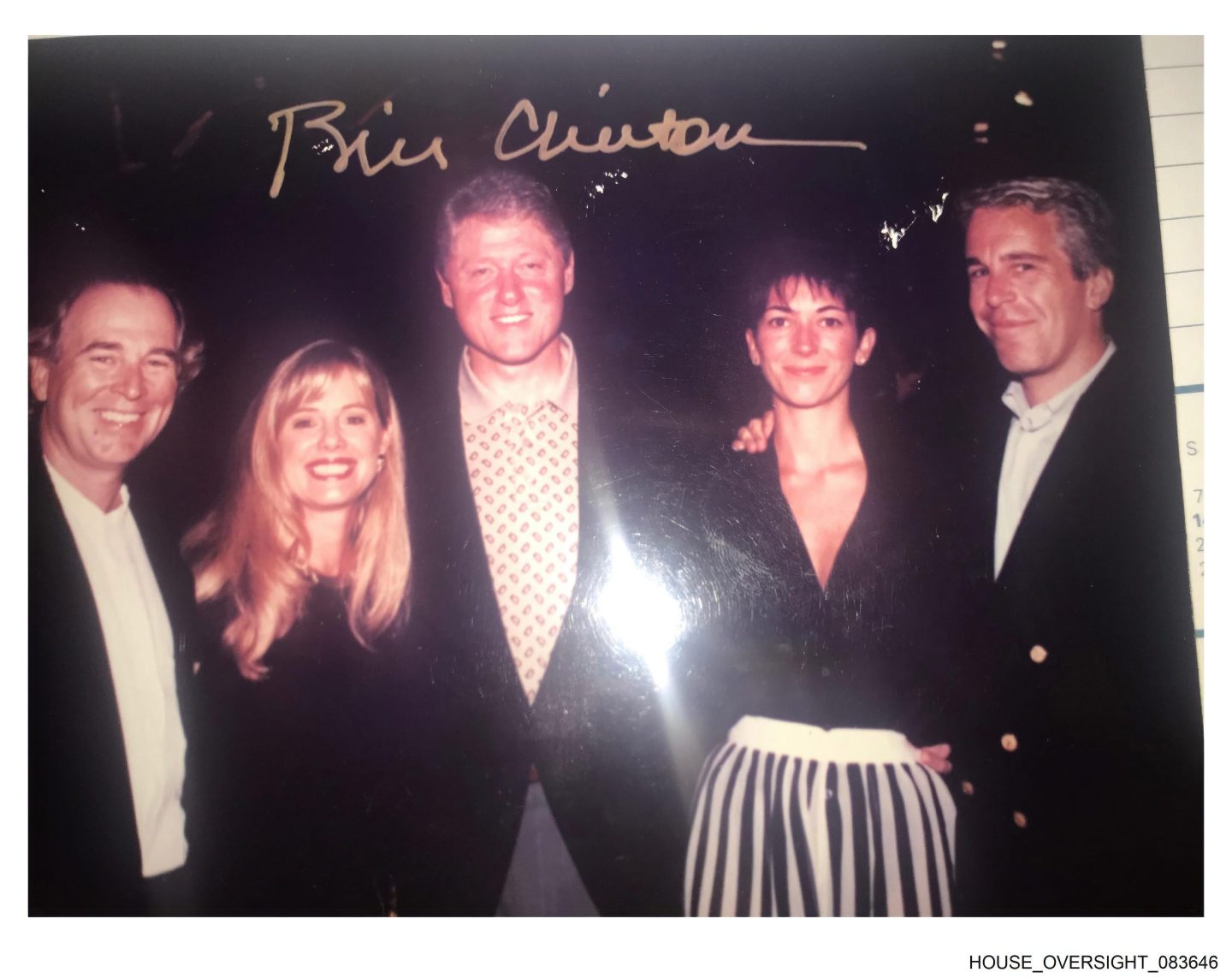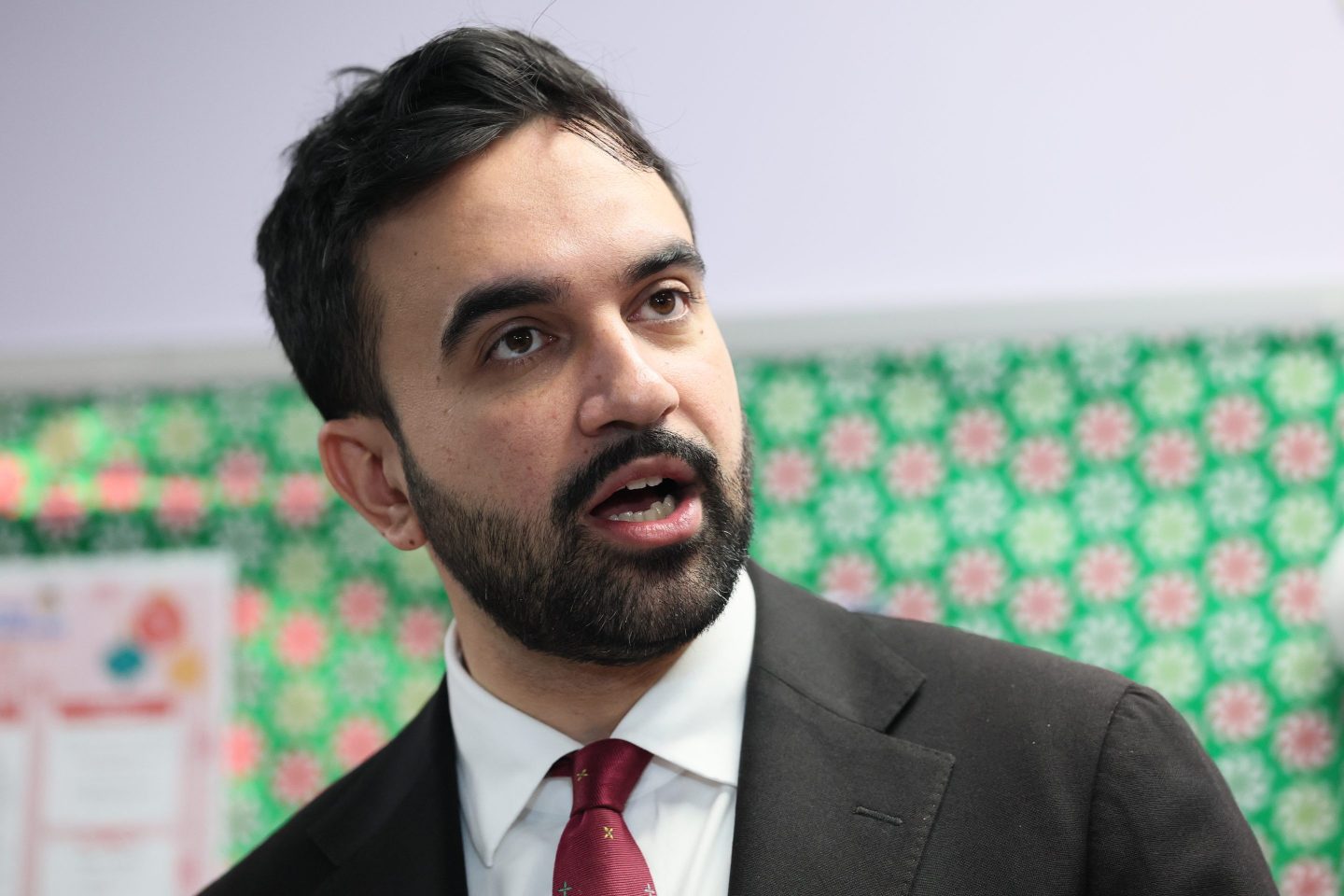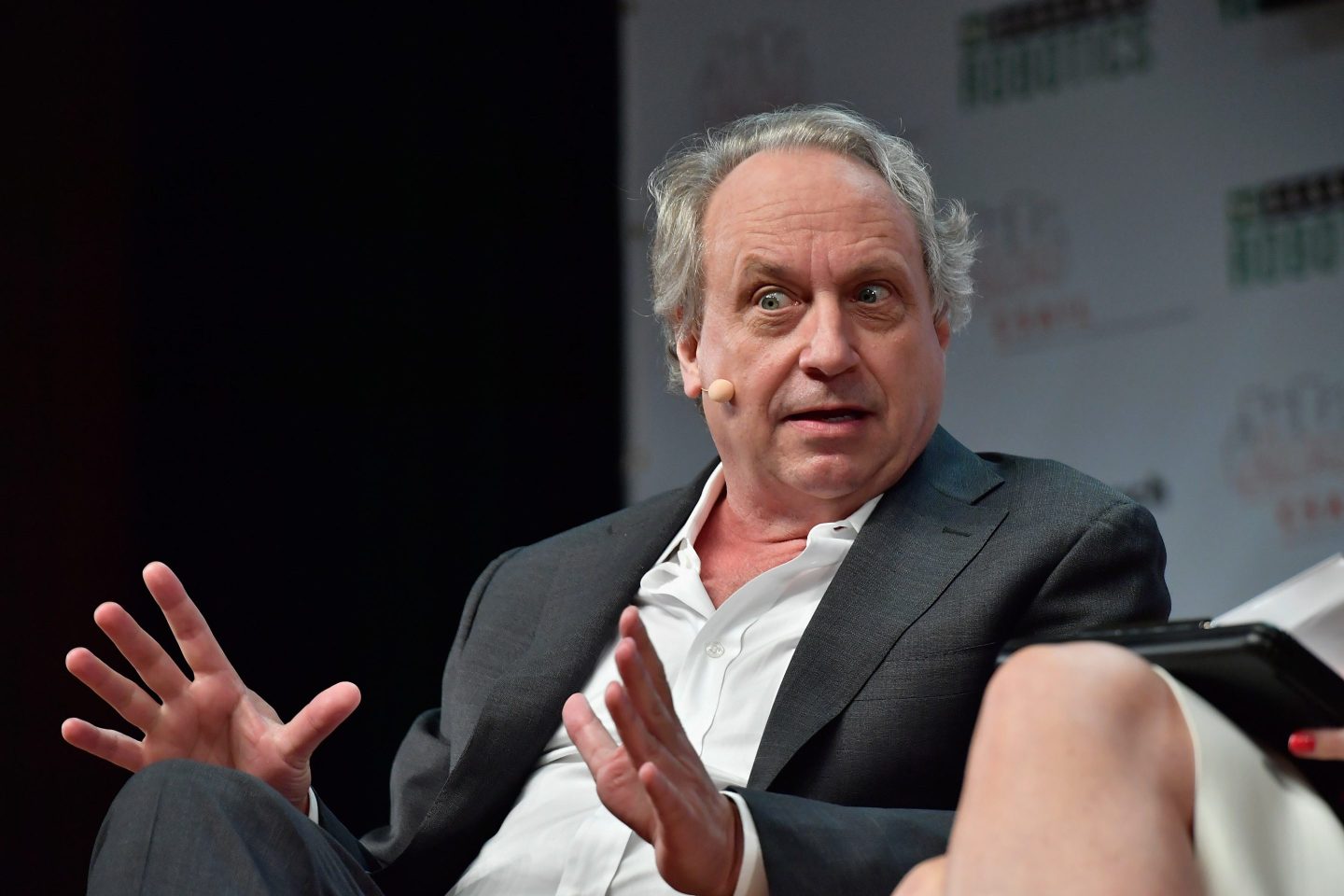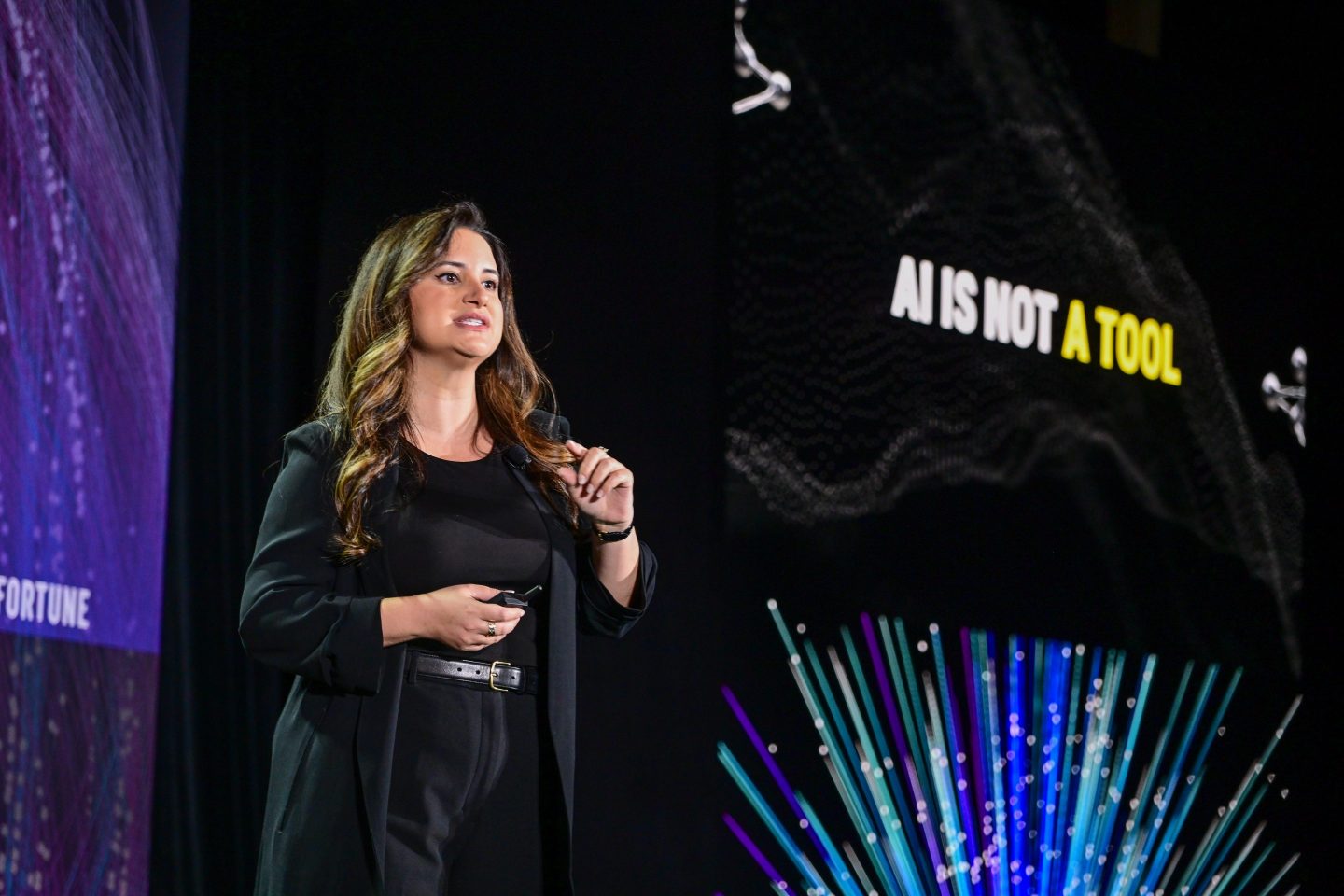By Jennifer Reingold, senior editor
FORTUNE — “Circumstance has made it so we’re the one great news company that’s free at this point,” said Don Graham, CEO of the Washington Post Company, speaking at Fortune’s Brainstorm Tech conference.
When asked why the Post hasn’t put its content behind a paywall like The New York Times and The Wall Street Journal have, Graham explained that 90% of the Post’s audience is outside of the Washington area—but that the paper itself has only local distribution—so the premise simply doesn’t make sense.
The free content — along with the Post’s Social reader application, which 25 million people have downloaded on Facebook (FB) — means the Post continues to build influence as other traditional media companies shrink, says Graham. He did hint that partnering with Facebook has its challenges — such as when Facebook altered the look of its “trending stories” box without telling the Post. “it did change things,” he said, but you have to be able to adapt to changing circumstances. Period.”
MORE: The private-public tech valuation gap
In a weird mashup of both old and new media and family business, Graham was joined on the social media panel by both his daughter, Laura O’Shaunessy, and her husband, Tim O’Shaughnessy. Both are accomplished entrepreneurs in their own right; after meeting while working for Steve Case’s Revolution, Tim went on to found LIvingsocial.com, the deals site, and Laura now runs SocialCode, which helps Fortune 500 companies make money from Facebook.
Tim O’Shaughnessy explained that Living Social now gets some 25% of its revenue from non-daily deal sources, much of which, he says, is full price. “When asked whether or not the failure of Groupon’s (GRPN) IPO had effectively doomed LivingSocial’s own efforts to go public. O’Shaughnessy wouldn’t answer, saying only that it mattered more how you execute the business plan than how or when you tap the public markets. Consumers look at us as a commerce site,” he says, “while stores look at us as an advertiser.”

